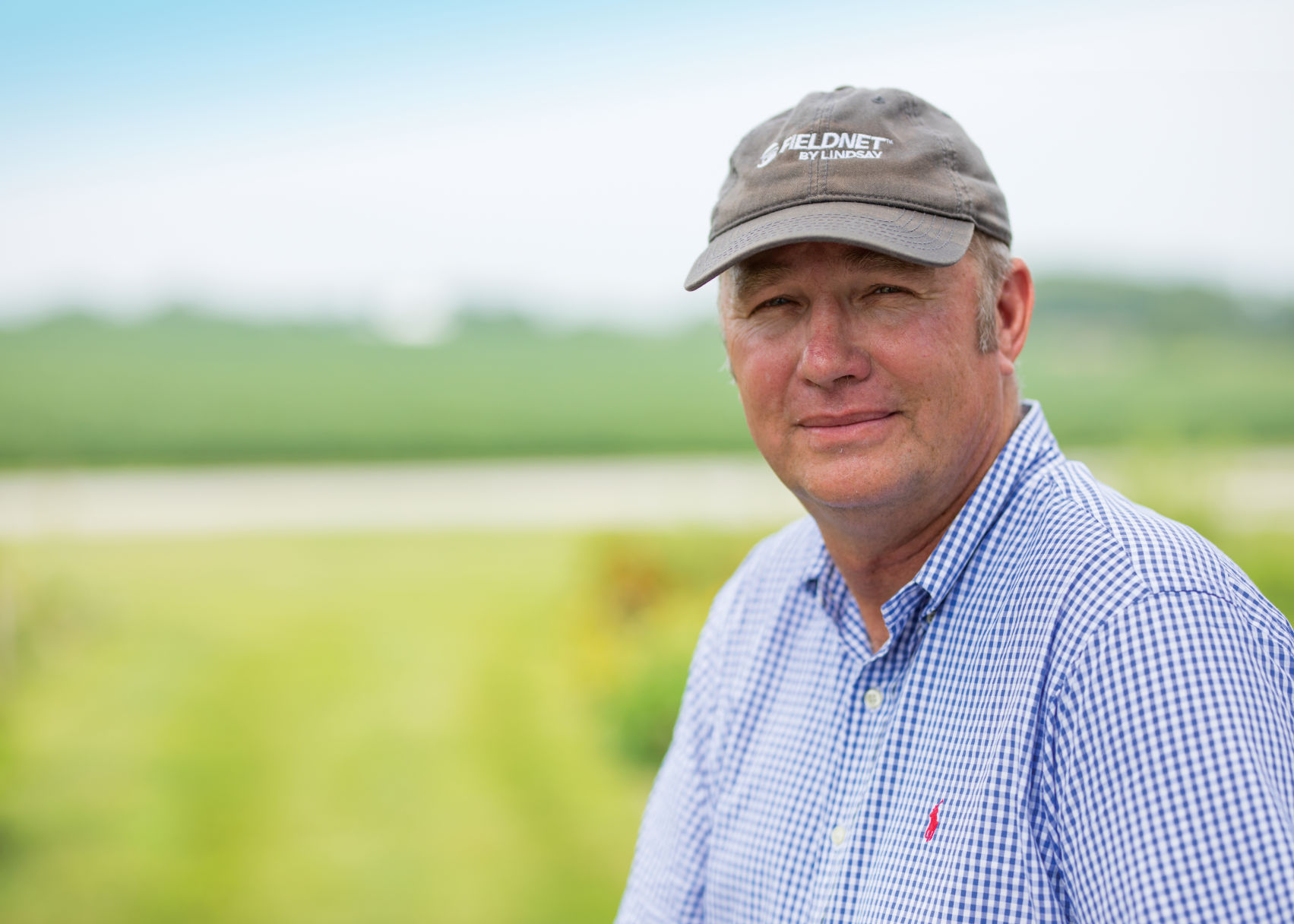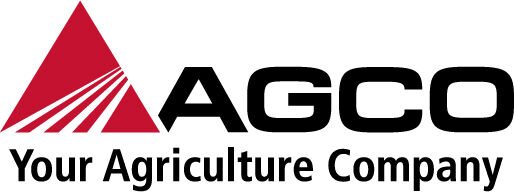Unlike some areas of the United States, Illinois farmer John Breedlove is blessed with water.
He grows popcorn, corn, soybeans and other crops near the Illinois River in Tazewell County.
Irrigation is a must on his sandy soils. However, some officials worry that the statewide increase in irrigation could eventually deplete Illinois aquifers. While Breedlove’s aquifer is non-contained, he wants to monitor his fields and be mindful of the resource—using water when his fields need it and shutting off when they don’t.
A good approach to better irrigation management comes from the Lindsey Corp., Omaha, Nebraska, Breedlove said. He uses the company’s FieldNET tool to help him gain fast and easy access to his entire irrigation system. It allows him to view and control his pivots from anywhere.
Breedlove added that there could be more regulations on groundwater usage in the future.
Due to the projected growth of the population and economy, Illinois could require 20 to 50 percent more water in coming decades, according to the Illinois State Water Survey.
“We’ve been keeping records since the 1950s of how our aquifer goes up and down,” said Breedlove as he hauled a load of popcorn to a Pop Secret facility in Illinois. “We monitor our aquifer very well. It is important to my livelihood and my family’s.”
Monitoring use
Breedlove was among the speakers weighing in on irrigation technology during a “Water Matters” event recently in Olathe, Kansas. The educational event focused on efficient irrigation and the role it plays in precision agriculture and emerging smart farming practices.
Hosted by Lindsey Corp., the event featured a panel discussion with Breedlove and other growers, industry experts and hands-on demonstrations of some of the technology driving precision irrigation.
“Whether it’s driverless tractors, drones or smart irrigation—precision technology is the key to helping farmers meet growing global food, fuel and fiber challenges,” Brian Magnusson, vice president of technology at Lindsay Corp., said in a statement.
Magnusson added the goal was to raise awareness of precision irrigation tools and practices and the increasing, global impact they will have on the future of agriculture.
Breedlove started using FieldNET in 2007 to monitor three or four irrigation systems.
“I was traveling a lot,” he said of the miles he put on his vehicle to check irrigation.
The farthest system from his headquarters is 25 miles away.
FieldNET, he said, sends him notifications and tells him if one of his systems broke down.
Upgrades
No longer does Breedlove have to manually track his crops’ development and make complex calculations to know its daily water usage.
Lindsay updated the FieldNET mobile app to improve access, visibility and control of irrigation equipment, Breedlove said.
Breedlove added the new fully-integrated FieldNET Advisor tool in 2017, which helps him receive field-specific information so he can decide when, where and how much to irrigate.
The program takes into account planting date, growing degree days, soil type, water holding capacity and past weather events, he said.
According to Lindsay, the system forecasts soil depletion and irrigation needs for the remainder of the season. Data used includes the plant’s growth stage and daily water usage.
The system also figures in the potential yield loss if water isn’t applied to the crop by a certain time.
“It will give you recommendations every day on the amount of water you need,” Breedlove said.
Other benefits from the FieldNet app includes the ability to monitor and record energy usage and tank or pond levels, according to the company.
Breedlove said he can slow down his irrigation system depending on the need of the crop. For instance, if his half field of popcorn needs more water than beans, he could adjust the system for that. He can also change pivot direction.
He uses the system to fertigate and can schedule when to fertilize—all from his cell phone. He takes tissue samples of his crop so he knows the amount of fertilizer to apply. With FieldNET, he can control injectors for nutrient management and crop protection remotely.
“Now you have the scientific knowledge of what you should do,” he said. “If I can save 10 to 15 bucks an acre on electricity and gain 10 to 20 bushels on corn or 500 pounds of popcorn, I’m making money.”
Water for the future
Randy Wood, Lindsay’s president of agricultural irrigation, announced at the event a new data connection with the John Deere Operations Center, which will help FieldNET Advisor users make even faster, better-informed decisions using data from their farm equipment that’s connected to the John Deere Operations Center, according to Lindsay’s press release.
Wood discussed the company’s goal to help growers save more than 700 billion gallons of water and more than 1 billion kilowatt hours of energy by the year 2022.
“To put that in tangible terms, the amount of water we hope to help growers save is over 10 percent more than the Lake of the Ozarks or roughly half the size of Louisiana’s Lake Pontchartrain,” he said. “In terms of carbon emissions, the savings is equivalent to 200,000 passenger vehicles operating for a year or the equivalent of burning 100 million gallons of gasoline.”
Wood added that progress toward these goals will be tracked at www.myfieldnet.com.
Breedlove said his neighbors are investing in irrigation technology, as well.
“It has made me more efficient and I feel comfortable in my operation,” he said.
Amy Bickel can be reached at 620-860-9433 or [email protected].



